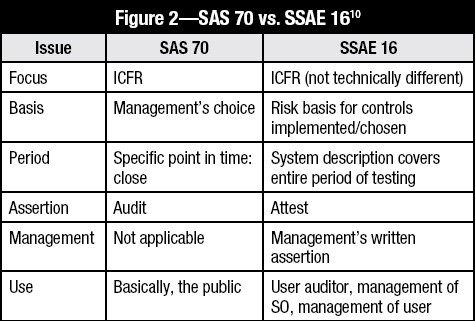The quality of care provided by any diagnostic radiology group is based on the accurate and complete clinical documentation of medical records. It’s a lot to juggle, particularly because diagnostic radiology tends to be one of the more complex coding and compliance areas. It differs from many specialties in that there is a professional component and a technical component that is billed, as well as coverage issues. Add onto that the fact the recent change in auditing standards and you’re challenged to stay abreast and continually ensure your records are in order in the event of an audit.
Has your diagnostic radiology practice fully transitioned to SSAE 16? Developed in 2011 by the American Institute of Certified Public Accountants (AICPA), this new auditing standard replaces SAS 70 to keep pace with the growing acceptance of international accounting standards. It’s essential that your diagnostic radiology medical coding, billing and collections process reflect the new standard. And it’s critical your provider complete the SSAE 16 audit that cements their expertise in this area.
The differences between the old and the new standards are best reflected in this chart.

Yes, chart auditing may seem intimidating. But the best way to optimize your diagnostic radiology medical coding, billing and collections, and the livelihood of your group, is through medical record audits. They are necessary to determine areas that require improvements and corrections, and strengthen your diagnostic radiology revenue cycle management.
The goals of an audit are to provide efficient and better delivery of care and to improve the financial health of your medical provider. Medical record audits specifically target and evaluate procedural and diagnosis code selection as determined by physician documentation. Once areas of weakness are revealed, the audit findings identify opportunities for training and growth within your diagnostic radiology group.
What does all of this mean for diagnostic radiology revenue cycle management? New auditing regulations make it even more of a challenge to keeping track of records for errors and omissions. It’s a burdensome and sometimes even impossible task. And they’re costing your diagnostic radiology practice more than you realize if you don’t have the right third party diagnostic radiology revenue cycle management company as your partner.
Certified third party independent medical coding and billing services, especially those specializing in diagnostic radiology revenue cycle management such as revMD, are essential these days to manage all the changes in compliance and audits. revMD has successfully completed an extensive examination, a SSAE 16 (Service Organization Control (SOC)) 1 Type II audit, conducted by an independent accounting firm. The audit examines the effectiveness of internal controls supporting CDS Legal’s e-discovery services.

